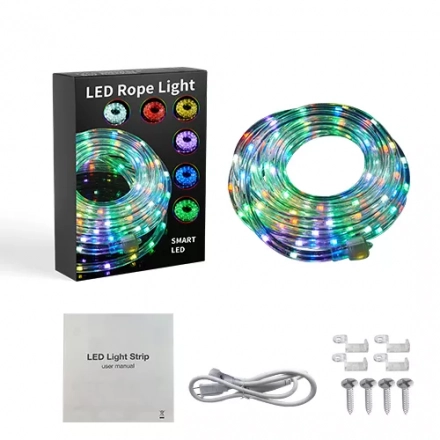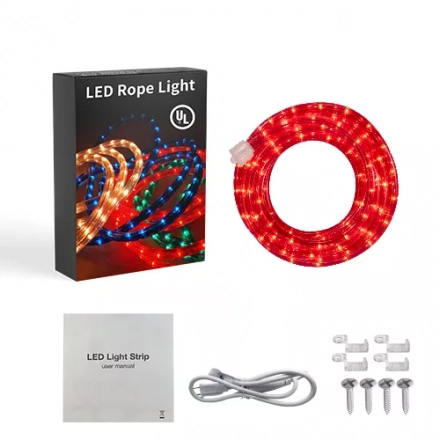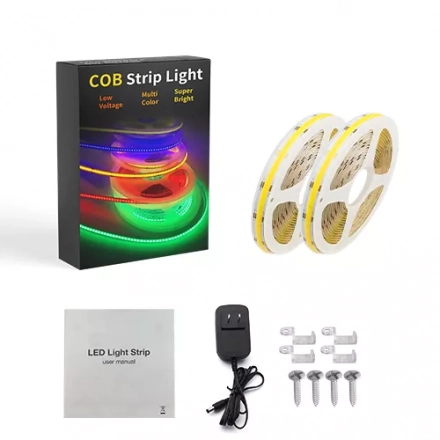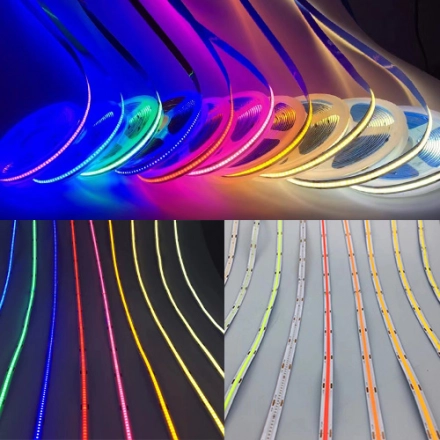Exploring the Versatility of LED Strip Lamps
LED strip lamps have revolutionized the way we illuminate our spaces, offering a versatile and dynamic lighting solution for both residential and commercial environments. With their flexible design, energy efficiency, and vibrant color options, LED strip lamps have become increasingly popular in recent years. In this article, we will delve into the various applications, benefits, and considerations associated with LED strip lamps.
One of the key advantages of LED strip lamps is their flexibility, both in terms of physical design and lighting possibilities. The strips consist of multiple small LEDs mounted on a flexible circuit board, allowing them to be bent, twisted, and cut into desired lengths. This flexibility enables users to install the lamps in a variety of locations, including curved surfaces, corners, or along edges, offering an opportunity for creative and customized lighting arrangements.
LED strip lamps are highly energy-efficient, consuming significantly less power compared to traditional lighting options. They use light-emitting diodes (LEDs) that convert electricity into light with minimal heat loss. This energy efficiency not only reduces electricity bills but also contributes to environmental sustainability by lowering carbon emissions. Moreover, LED strip lamps have a longer lifespan, which means reduced maintenance and replacement costs.
The availability of a wide range of colors and color-changing options is another standout feature of LED strip lamps. From warm whites to cool whites, vibrant reds to soothing blues, these lamps offer the possibility to create diverse lighting moods and atmospheres. With the advancement in technology, many LED strip lamps also come with programmable controls, allowing users to adjust brightness, color, and even create dynamic lighting effects through automation or remote control.
LED strip lamps find applications in various settings. In residential spaces, they can be used to enhance the aesthetic appeal of living rooms, bedrooms, kitchens, or even outdoor areas such as gardens or patios. They can be installed under cabinets, along staircases, or behind furniture, providing accent lighting and creating an ambiance that suits different occasions. In commercial spaces, LED strip lamps are often used in restaurants, bars, hotels, and retail stores to highlight architectural features, display products, or create captivating visual effects.
When considering the installation of LED strip lamps, several factors should be taken into account. Firstly, it is important to choose the right type and brightness of LED strip lamp for the intended purpose. Different applications may require different levels of brightness and color temperatures. Additionally, attention should be paid to the IP (Ingress Protection) rating, which determines the lamp's resistance to dust and moisture, especially in outdoor or high-humidity environments.
In conclusion, LED strip lamps offer a versatile and energy-efficient lighting solution for a wide range of applications. Their flexibility, energy efficiency, and customizable lighting options make them an attractive choice for both residential and commercial settings. With the ability to transform spaces and create captivating lighting effects, LED strip lamps have undoubtedly earned their place as a popular lighting choice in the modern world.






